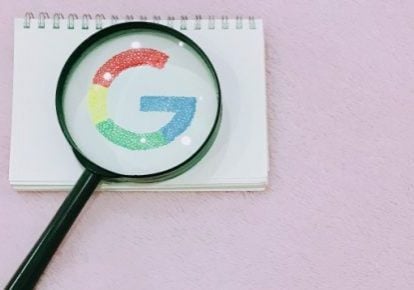
Selling online is a profitable business model, but like any other enterprise, there are certain weaknesses within the system that carry risks of lost opportunity or failure to convert shoppers to buyers. This article will show how listing products with Buy on Google cures many of those weaknesses.
Buy on Google is an access point for merchants to sell directly to consumers through individual product pages generated from their Merchant Center listings. It’s not strictly necessary to even have a storefront; a good product feed is all that’s required. Google has you use their checkout page, processes the payment transaction and notifies you so the order can befulfilled. All of this happens on a product page that links directly from a search results page.
Here is how Buy on Google cures some of the most common problems faced by online sellers.
1. Search visibility issues
Relying on its core search business, Google has a lot to offer in the realm of e-commerce, where just getting found is Job One.
About 35% of product searches begin on Google, almost as many as those that start on Amazon. A Google search for a product effectively turns the results page into a marketplace. But unlike the marketplace fees charged by Amazon and others, products listed with Buy on Google are free of commission. It costs nothing to list them, or to sell them.
And if you’ve provided the info in Google Merchant Center for rich snippets and structured data, your product pages will achieve even higher rankings in a regular Google web search. They can display in both in-line search results text and display panels. Google is looking for visually enhanced experiences for its shoppers, and Rich Snippets are the preferred tool. If you use those, you stand a much better chance of having your product listing selected for a display panel. It doesn’t take a lot of technical skill to create these settings; most e-merchants can do it themselves without the help of an SEO agency.
2. Fees that eat into profits
With Buy on Google, the company is pushing hard into e-commerce. To build its market share, it is offering all its shopping services free of charge to merchants (except for Google Ads, which continue to be PPC). In this way it is competing against other payment processors that also store a user’s payment profile like PayPal, Apple Pay, or Shop Pay.
The typical fee for direct payment processing by credit card companies is 2.9% + 30¢ USD. This slice out of your profit margins is another weakness.
For Shopify sellers who don’t enable ShopPay, you pay transaction fees when using an external payment gateway. Additional fees of 2%, 1% or 0.5% get applied to Basic Shopify, Shopify, and Advanced Shopify plans, respectively.
When the buyer uses Google Pay, merchants keep the whole amount–there’s no transaction processing fee. Buyers can also use PayPal or ShopPay to buy on Google, but those still come with a processing fee. Buy on Google products are displayed higher on the page, a visibility factor that’s also an advantage.
3. Vendor trustworthiness
Online shoppers still sometimes hesitate to buy from a merchant they’ve never encountered before. They worry about things like product quality, payment security, shipping reliability, and the ability to return a product if it’s not up to snuff. Buy on Google cures that. Shoppers get a “Google Guarantee” for quality and reliability, to assure against buyer hesitation. Selling through a well-known brand like Google encourages trust in buyers.
4. Form fatigue
When a shopper goes to your storefront for the first time to make a purchase, you’re probably asking them to fill out a lot of forms before they buy: Create an account. Create a password they have to remember. Shipping address. Credit card information. Billing address. Sometimes this can be so onerous for users increasingly spoiled by Amazon’s quick checkout process that they abandon their carts. This is especially true if they need several different products and they need to get them from another store. Faced with all this searching and form-filling, most people will look for a single place like Amazon where they can get everything and quickly check out.
This is another weakness that Buy on Google can cure, with its Universal Shopping Cart feature. Any products they collect in their basket from a Google product search, from whatever sources (so long as they’re listed with BoG), can be combined into a single order form for checking out with Google Pay.
5. Cart abandonment
For all the reasons stated above, listing products with Buy on Google can reduce shopping cart abandonment. Purchases can be made quickly and painlessly, with less opportunity for hesitation, frustration, or a sudden change of mind. And the Universal Shopping Cart makes it even easier for shoppers with multiple purchases, thereby “lifting all boats.”
Shoppingfeed offers a free product feed service for listing on Buy on Google, outside of our normal subscription price for listing on multiple channels at once. Ask for a demo to see how it works!




